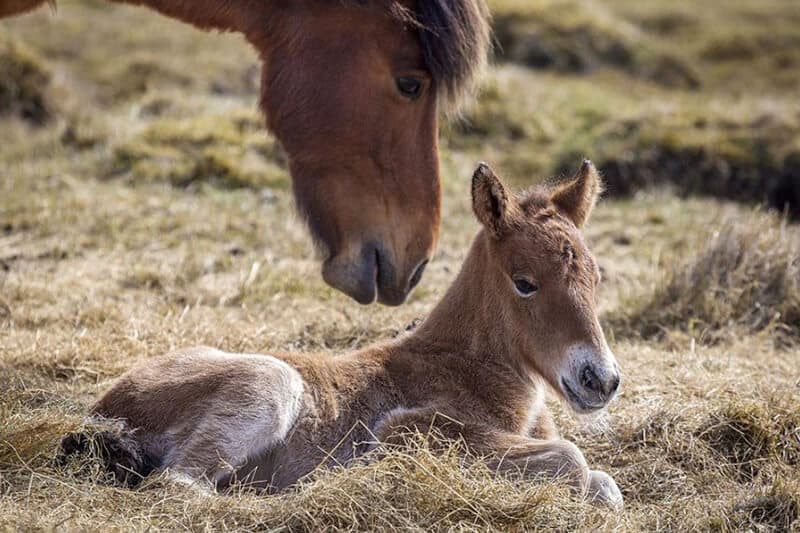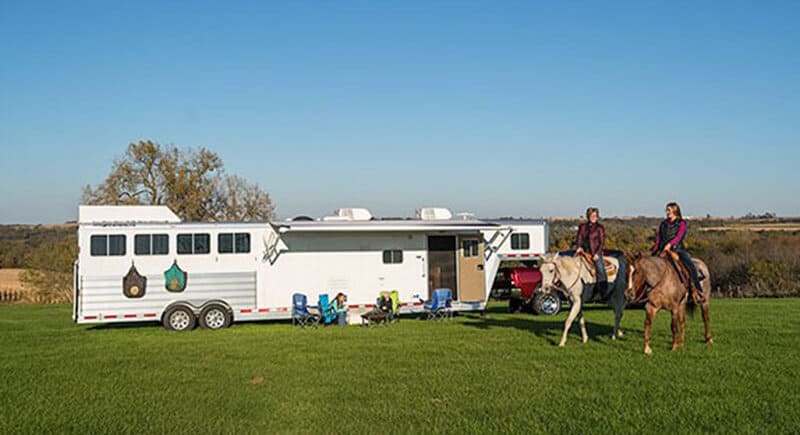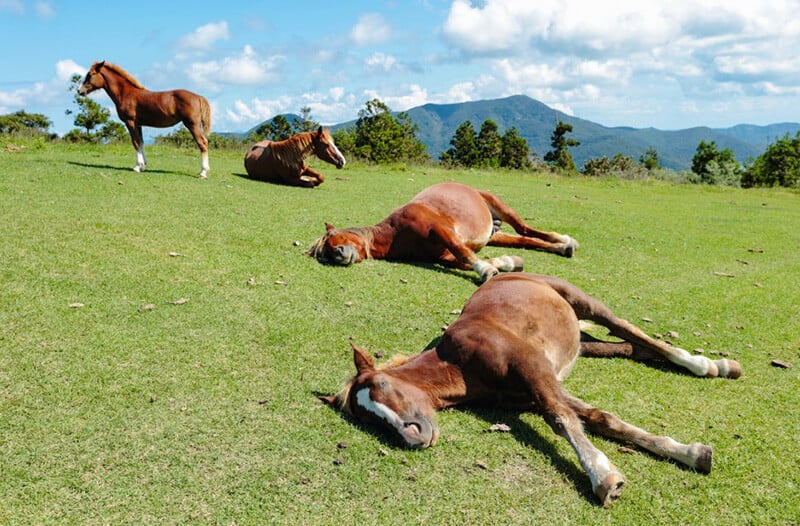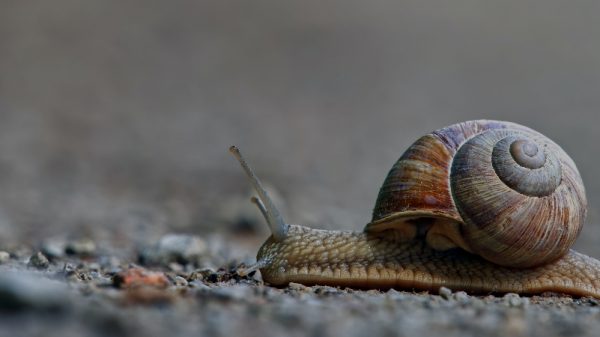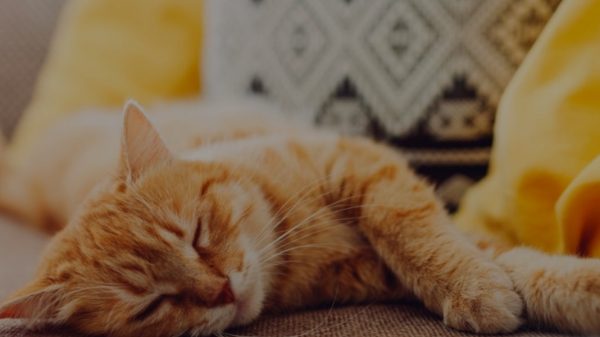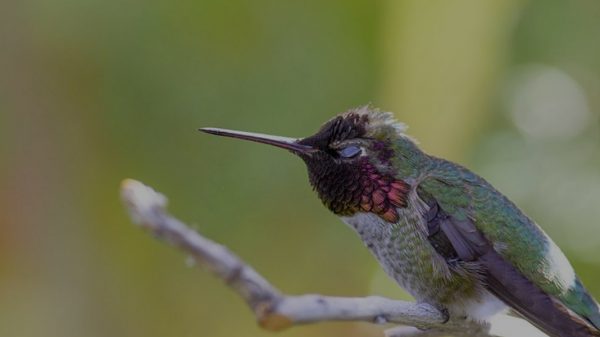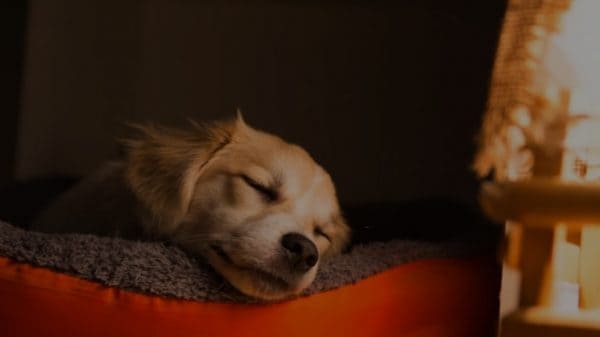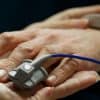Have you ever wondered…
Why do horses want to sleep standing up rather than lying down?
Why not horses drop down if they are sleeping in their toes?
Why is it that some animals sleep during the day, but some sleep during the night?
Ollysleep can allow you to answer those queries “Do Horses Sleep Standing Up?”
The significance of sleep
Horses can break to a substantial extent whilst standing up, yet to achieve REM sleep, a deep sleep also called paradoxical sleep or desynchronized sleep, they need to lie down. This degree of sleep is deemed to be of special importance for creating the nervous system, like for generating new memories and for studying. Studies indicate that animals that are constantly awakened from REM sleep but are otherwise allowed to sleep soundly have a diminished capacity to learn.
That is consistent with studies of people, to whom REM sleep is particularly crucial for the memory and capacity to learn. It’s therefore to a certain level a misunderstanding that horses may”sleep” position up. They could simply doze in that place, as we people can perform on the couch, yet to attain appropriate sleep (REM sleep), they need to lie down.
Different sleep for different ages
The sleeping routine of horses is in many respects different from the sleeping pattern of people. Folks frequently sleep regularly for eight hours every 24 hours. But, horses sleep for shorter periods at a period more frequently than once in a period of 24 hours. The entire sleep for an adult horse is just 3 hours on average every 24 hours. The sleep pattern varies as the horses develop. Foals spend about half the day sleeping until they are over three weeks old. As they expand, they take fewer sticks and favor resting in a vertical posture down. Mature horses mainly break whilst standing up but nevertheless need to lie to acquire the REM sleep required to them.
Environmental Effect on achievement
With much more professional riders and modifications to horsemanship in the last couple of decades, the period that horses invest inside stables has slowly improved. The season for contests has been extended and lots of horses are kept in stables for the vast majority of the year. As per a study Elsa Albertsdóttir completed in 2011, a horse’s environment is an equally important influential variable as heredity on achievement in contests.
It could, therefore, be concluded that the quality of the horse would be always to a large extent depending on external conditions, in other words, feeding, and maintenance, stable states, connections with other horses, training and teaching, the capacity to maneuver around, rest and spend some time outdoors.
Studies indicate that external variables are of substantial importance if a horse’s character develops (Lesimple et. al, 2011). Other research support theories that say that when horses are in an environment That’s as natural as you can and may move around freely with additional
The effect of insufficient sleep
The deficiency of sleep has a negative effect on the physical action of individuals and animals. Sleep-deprived creatures often become week and reduce the capacity to control their own body temperature. Their metabolism exhilarates so the creatures might need more food than differently lose weight. The same is true for individuals; many are knowledgeable about the distress and nausea which includes sleep deprivation.
During deep sleep that the mind moves what it’s learned from the brief term to long term memory. Insufficient REM sleep triggers adjustments to the action of neurotransmitters and the central nervous system, which contributes to a negative influence on the health, the capability to understand, and memory.
Boxes and other amenities
Physical and psychological wellbeing is essential to success. Horses that are being trained regularly invest around 23 of every 24 hours within the stable. For that reason, it’s necessary that boxes are nicely equipped and big enough so the horse is able to move around within it. A study performed by Sigtryggur Veigar Herbertsson in 2006 suggests that boxes that are too little have a negative influence on sleeping and it might be a drawback to maintain two horses in precisely the exact same box. There may be several reasons for it.
By way of instance, among the horses could get a higher position in the herd and can be more competitive whilst feeding and prevents another horse from lying. After the box is not big enough for the horse to lie down, it threatens its ability to maneuver and thus, to some substantial extent, its health.
In Iceland, we’re fortunate enough to have enough land to ensure our horses could develop under more natural conditions than in other nations. But, we’re behind other countries in regards to the dimensions of boxes, providing horses with the desirable amount of time outdoors and other structures while maintaining horses in stables. The standards for the minimal dimensions of a box to get mature horses that quantify 1.40 m into the withers are 79 square meters at the other Nordic states but just 4 square meters at Iceland.
Wellbeing affects performance
The significance of sleeping and taking very good care of a horse cannot be overestimated. The aim of people who maintain horses should be to offer an environment to them that is as near their natural surroundings as you can. This may further the horses’ health and have a beneficial impact on their own performance. It would be intriguing if more research on the impact of a horse’s environment were to be completed so we could find out more about how to look after and delight in the business of”our loyal servants” for a long time to come.
Why do horses sleep standing up?
Unlike individuals or other family pets, horses want hardly any REM sleep every day. This is the component of a sleep cycle that people recognize as being at a’deep sleep’ and may be seen when horses put down to rest.
Whenever your horse is appreciating REM sleep, then you might observe that they transfer their legs whilst still placing on their side. Should this happen, it could be safe to presume that your horse is still dreaming!
But, horses just have a couple of minutes of REM during any sleeping interval. The additional time jelqing is a mild sleep and maybe noticed whenever your horse sleeps standing up by shifting their hind legs.
Since horses are large creatures, their blood circulation can be limited by placing down for extended amounts of time. This causes excessive pressure in their inner organs, which explains the reason why they just lay down to REM sleep. This contributes to them sleeping while standing up at different points throughout the day.
Sleeping in classes
Since natural instincts continue to be powerful for several horses, you might see that the multiple horses on your paddock sleep at a group. This normally occurs with a single horse watching over another whilst they are in REM sleep to make sure they’re secure.
The watcher will then swap places with all the sleepers before all horses inside the group have experienced their remainder.
Three thighs on, 1 leg away
The most intriguing portion of horses resting position up is the way they get it done. In horses, there’s a distinctive arrangement of muscles as well as also the components that connect bones and muscles together (tendons and ligaments ). This is known as stay devices.
The stay device means that horses could stand on three legs and break another leg. They could alter the leg that they break so all their legs get an opportunity to have a rest. A horse could weigh over 500kg so that their legs require a rest!
Though they can sleep position, scientists believe horses still should lie down and sleep every day. Your sleep isn’t the exact same all evening. Everybody goes through different phases of deeper and lighter sleep, and horses will be the same.
The deeper stages of sleep have been just seen in horses lying. Both horses and people will need to go through deeper stages of sleep because of our brains to function correctly.
How long do horses sleep?
Horses are renowned for residing with minimal levels of sleep. They simply sleep for about three hours inside a 24hour interval but not break for large intervals, but younger foals can sleep longer than mature horses.
A couple of moments’ kip is that a horse needs at different points of this day but within the duration of 24hours, these moments must include up to a total of 3 hours.
Bear in mind that it’s almost always a great idea to pay your horse in the case of an accident that happens whilst they are sleeping. This might help protect yourself in the fiscal costs of getting medical care for your horse, in addition, to make sure your pet is healthy and happy.
Do Big Animals Always Sleep Standing Up?
“How do large animals like cows or buffalo stand up and sleep rather than fall over or put down?”
Mary Jo Tobin Edwards’s query gives Weird Animal Issue of the Week an opportunity to place to rest ideas about how some huge mammals snooze. (Read”Keys of Sleep” in National Geographic magazine.)
For starters, the very concept that these creatures only sleep in their toes is not perfect.
Most fourlegged land herbivores cows, moose, rhinos, bison, and horses one of them may doze lightly in their toes, but they must lie down to sleep profoundly.
For example, “when horses seem to be sleeping position up, they could be in a state of nausea or what’s called slow-wave sleep, which isn’t quite as heavy as REM [rapideye motion ] sleep,” Amy Johnson, at the University of Pennsylvania School of Veterinary Medicine, states through email.
Even still, for all those people who can not sleep on a crowded plane, sleeping position up seems hopeless. Just just how does this function?
“The bottoms of horses [and other creatures ] have what is called the’stay devices,'” Johnson describes. Their limbs feature ligaments and tendons that permit the animal to stay position with minimal muscular effort, and so permit them to endure as well as doze for extended periods.
Sound Sleepers
Herd animals like bison have yet another motive for status a good deal: To keep a lookout for danger. (Learn how pest sleep is comparable to our own.)
At a bison herd, “not every creature is asleep lying down to that thing in precisely the exact same time,” Murray Woodbury, of the Western College of Veterinary Medicine in Saskatchewan, states by email.
“This enables the alert and/or position herd members to function as sentinels against predators or other threat.”
Surprisingly, some huge animals need little shuteye.
Giraffes can be the small as five moments of slumber per day, according to the San Diego Zoo. The two African and Asian elephants do not sleep for more than just three hours. (View a movie of a snoring elephant.)
Rhinoceroses are a bit more like usThey sleep about eight hours daily, based on Kruger National Park in South Africa.
Moose Snooze
Vince Crichton, a retired wildlife biologist in Manitoba Conservation and Water Stewardship in Canada, has had firsthand experience with snoozing moose fell asleep beside you.
Crichton was celebrating a crazy bull’s behavior for 2 days, and as soon as the creature laid down from the woods, Crichton gingerly sat nearby, “speaking moose with him”
After a number of hours, Crichton says that he was”rudely awakened” with his spouse, who inquired, “Are you going to sleep all day?” (Require National Geographic’s Animal Sleep Game.)
Man and moose had nodded off but neither of these in their toes.
https://www.youtube.com/watch?v=PyXuNEcJ1I
Contrary to Popular Belief, Horses Don’t Sleep Reputation
Let us clear up a frequent misunderstanding about horses: they don’t sleep position. They snooze standing up. There is a large difference.
Horses, like people and, in reality, all land mammals, need deep sleep for appropriate psychological and physical function. However, for a prey species such as the horse, whose presence in the wild is dependent on its capacity to outrun predators, profound sleep may be a severe threat to personal security. So just how do horses get sufficient sleep?
For starters, horses doze a good deal. On any particular day, push past a pasture of horses and count how many are grazing and how many are simply standing there, heads, lower lips. These are the snoozers, standing up.
Horses can receive some mild shuteye without bending down by means of a very cool aspect specific to equine anatomy known as the stay devices. When a horse is standing, he can lock his kneecap with ligaments and tendons keeping the joints in recovery. With those soft tissues locking together, no excess effort from muscle usage is demanded. This permits the horse to really break while standing.
However, what about that profound sleep I said before? Horses can not reach deep REM sleep by standing; this is only accomplished when the creature lies down. Thus, horses do lie to get appropriate sleep. They simply don’t do it for long.
It ends up that horses do not demand lots of REM sleep roughly 2 to three hours each night, normally in brief bursts of ten to twenty-five minutes at one time. A normal night for a horse will demand to graze, snoozing standing up, and brief intervals of lying flat outside to find some serious closed eye.
The key point to notice is that horses will merely lie down to sleep whenever they feel secure in their surroundings because of course, this activity is quite risky if you are a victim animal in a threatening situation. This matter of ecological stress also affects domesticated horses. While generally not jeopardized by mountain lions or wolves or other predators if in a farm pasture or at a stall for the night, when the horse is worried, he won’t lay down to sleep.
Really active, loud barns, or a region that is too small for your horse to feel comfortable lying are several frequent issues for the modern horse. And the Outcome? Horses that proceed without REM sleep within the span of months will have a negative impact on physical performance, and might even factor into behavioral or psychiatric issues. That is right everybody desires beauty sleep, not only us people.

